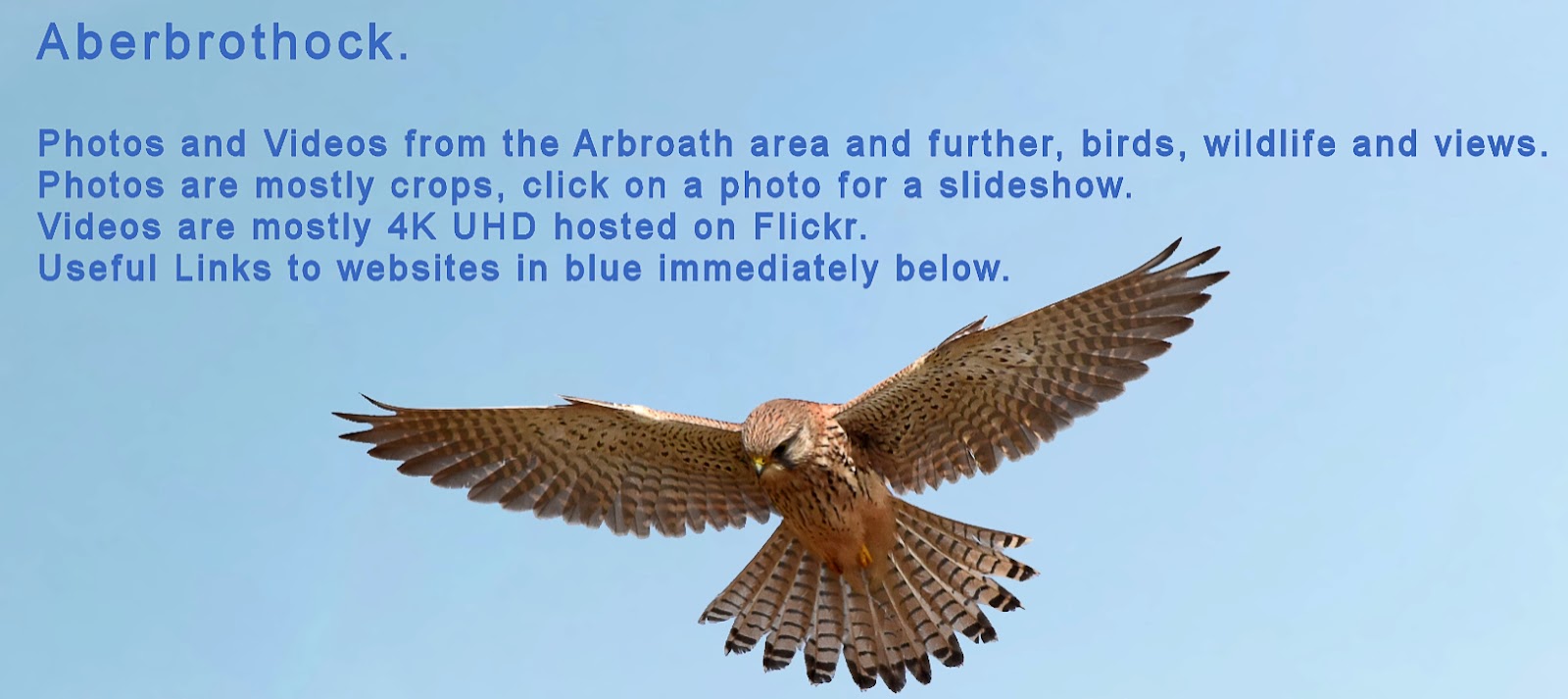Well, did you expect a post about golf.
I'm posting a selection of photos taken during surveys carried out for the Carnoustie Golf Links Committee over the past few years. A small dedicated group of Angus and Dundee Bird Club members regularly visit and record the birds seen on the three courses and along the beach and close inshore. It's likely that by the end of 2018 the species list will be getting near to the hundred mark.
Posted in alphabetical order because it's the easiest way! Photos taken as records mostly using a bridge camera, Canon SX50 or SX60.
A Goldcrest, Britain's smallest bird, a resident species at Carnoustie
Grey Heron, a frequent visitor to the golf links, mostly the water features
This Jay was flying over to cache acorns for the upcoming winter. It's thought they play an important role in the spread of oak woodland when they don't find all of the acorns they hide
A Kestrel is often seen sitting on any high point looking for prey
Usually three or four Little Grebe pairs rear young each year, feeding them with small crustaceans and fish
Long-tailed Tits have a body size similar to the Goldcrest and often fly around in family groups, never feeding long in one place
A Meadow Pipit, a very common bird in Angus and the species Cuckoos use by laying a single egg in the Pipits nest. The young Cuckoo will push the other eggs out of the Pipit's nest and the parents will end up raising a giant compared to themselves
I think every one of the small ponds on the courses support a Moorhen pair while raising their young
Three pairs of Mute Swans nest in most years and are loyal to the sites they've used before and will defend them from incomers
I recall these Cygnets are the 2017 brood of the pair seen on the Buddon Course
Oystercatchers feed on the links over the winter and during stormy weather large numbers can be seen probing the soft ground for food
Many different species of ducks use the ponds especially in winter. These two are a male Tufted Duck to the left with a male Pochard which is a species in deep decline, thought to be caused by hunting and lead poisoning from fishing gear and shotgun pellets
Often heard but not always seen, Sedge Warblers are summer visitors and nest near water where sedges grow wild
Every golfer will have seen and know the Skylark, a harbinger of spring with their vertical flight and song over the fairways
Song Thrushes are found all over the links where they like rooting around in cover for worms and snails. Often they will have a favourite "hammer stane" where they crack open a snail's shell by hitting it against the stone
Where there's small birds you'll often see a Sparrowhawk which is usually a good sign meaning the prey bird populations are good
From late spring and into summer Starling flocks build up on and near the courses and numbers can reach at least 400 in large flocks. This backlit one has a leatherjacket in its beak
Not uncommon, but an often overlooked Dove is the Stock Dove and they can be seen from time to time flying over or in trees on the courses, usually outside their breeding season
Swifts are seen over the fairways from around the second week in May but they won't stay long before returning to Arica with this years brood. The young birds which won't breed for two years will never land back on the ground till they return to the UK to breed in someones loft or the like
A female Teal, Britain's smallest duck and a frequent winter visitor
Female Tufted Duck
Another but rare winter visitor to the links ponds are Whooper Swans. This one was driven from the small loch on the Buddon Course by the resident male Mute Swan
Willow Warblers spend summer and nest near the ponds at the west end of the links, more than 100 birds are likely each year
Wrens can be found wherever there is cover around the courses, this is a youngster still showing the remains of the wide gape it had while in the nest
Not so much a water feature, this Yellowhammer was bathing in a newly created puddle which formed where the early preparations for the Open Championship in 2018 were going on






















































